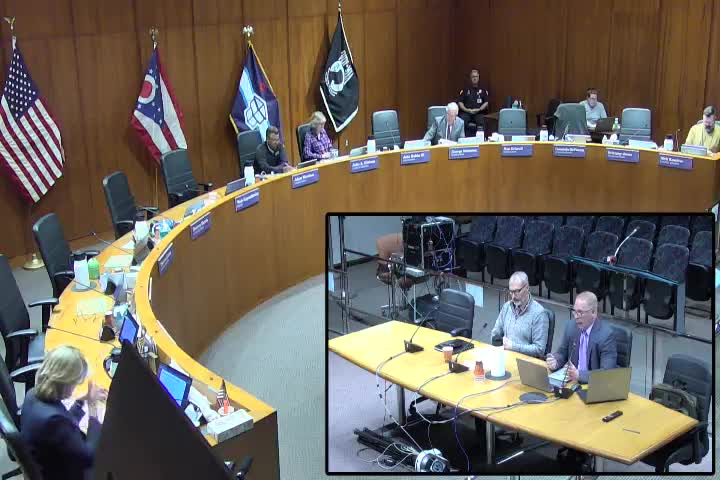City Council evaluates new sewer rate structure to improve revenue stability
May 28, 2025 | Toledo, Lucas County, Ohio
This article was created by AI summarizing key points discussed. AI makes mistakes, so for full details and context, please refer to the video of the full meeting. Please report any errors so we can fix them. Report an error »

In a recent meeting of the Toledo Water Quality Committee, significant discussions centered around the winter sewer averaging program and its implications for local residents and the city's financial health. The committee examined the current billing system, which calculates sewer charges based on an average of water usage during the winter months—specifically November, December, and January. This method has raised concerns about fairness and accuracy, as it often results in discrepancies between actual usage and billed amounts.
The committee highlighted that the winter averaging approach can lead to discounts for some users while unfairly burdening others, particularly those with lower water consumption. The discussion emphasized the need for a more equitable system that reflects actual water usage throughout the year. The current model has been criticized for relying on estimates, which can skew billing and lead to financial strain on both the utility and its customers.
A key point raised was the potential impact of increasing sewer rates on the community. Officials noted that higher rates could disproportionately affect lower-income households and small businesses, potentially damaging the city's credit rating. This could result in higher interest rates for future capital projects, further escalating costs for residents. The committee stressed the importance of maintaining affordable rates to ensure the financial stability of the sewer utility.
To address these issues, the committee proposed a shift towards a cost-of-service rate structure. This would involve charging customers based on their actual water consumption, rather than relying on averaged estimates. The proposed rate for 2025 is set at $5.841 per centum cubic feet (CCF), which is necessary to generate the approximately $101 million required for the utility's operations. The fixed rate component of the bill is designed to cover capital costs, while the consumption charge funds operational expenses.
The committee's discussions reflect a broader concern about water management and billing practices in Toledo. As the city navigates these changes, officials are tasked with ensuring that the new system is fair, transparent, and sustainable for all residents. The anticipated shift in billing practices aims to create a more accurate reflection of water usage, ultimately benefiting both the utility and the community it serves.
The committee highlighted that the winter averaging approach can lead to discounts for some users while unfairly burdening others, particularly those with lower water consumption. The discussion emphasized the need for a more equitable system that reflects actual water usage throughout the year. The current model has been criticized for relying on estimates, which can skew billing and lead to financial strain on both the utility and its customers.
A key point raised was the potential impact of increasing sewer rates on the community. Officials noted that higher rates could disproportionately affect lower-income households and small businesses, potentially damaging the city's credit rating. This could result in higher interest rates for future capital projects, further escalating costs for residents. The committee stressed the importance of maintaining affordable rates to ensure the financial stability of the sewer utility.
To address these issues, the committee proposed a shift towards a cost-of-service rate structure. This would involve charging customers based on their actual water consumption, rather than relying on averaged estimates. The proposed rate for 2025 is set at $5.841 per centum cubic feet (CCF), which is necessary to generate the approximately $101 million required for the utility's operations. The fixed rate component of the bill is designed to cover capital costs, while the consumption charge funds operational expenses.
The committee's discussions reflect a broader concern about water management and billing practices in Toledo. As the city navigates these changes, officials are tasked with ensuring that the new system is fair, transparent, and sustainable for all residents. The anticipated shift in billing practices aims to create a more accurate reflection of water usage, ultimately benefiting both the utility and the community it serves.
View full meeting
This article is based on a recent meeting—watch the full video and explore the complete transcript for deeper insights into the discussion.
View full meeting
